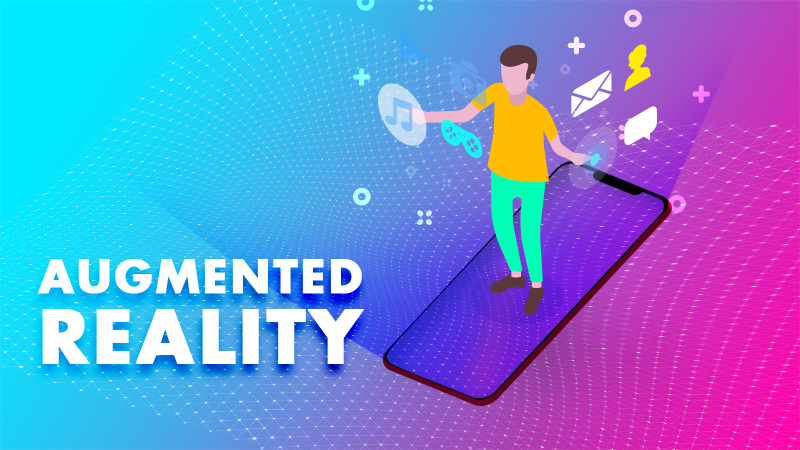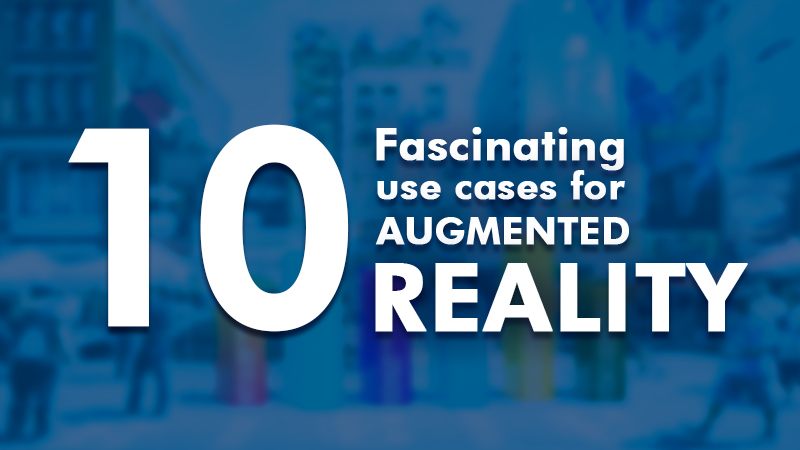The world of technology has gone haywire. Imagine being able to give a tutorial on how to operate a remote and recording it via your car dash camera. All you need do is draw imaginary arrows and circles and watch them appear in the recorded video. It started with having an imagination captured and displaced at your own convenience. It then graduated to having your imaginations projected into not too realistic forms. It then moved to have your imaginations put into reality. When we thought it would stop there, it went further to simulating your imaginations with reality. Right now, it has actually made reality to become reality by augmenting reality itself. Thanks to motion-activated hidden cameras you can now make your imaginations real. What is the big shift as it regards mobile augmented reality?
Brand will build around mobile AR
A recent report published by Digi-Capital suggests that AR technology may become a mainstream concern faster than anticipated, and there is now enough data relating to AR to understand with some predictability how the market is likely to evolve. The report focuses heavily on the role mobile devices will play in bringing AR technology to the masses and sets a baseline expectation that the market for mobile AR will be worth an astonishing $108 billion by 2021 (underperform $94 billion and over perform $122 billion).In recent months, Ikea launched its flagship augmented reality app that enables consumers to engage with furniture in an entirely new way. The Ikea Place app enables consumers to drop 3D furniture objects within the home by using the camera of a smartphone or tablet. Users simply hold up a mobile device and scan the surrounding room; the Ikea Place app then enables the user to position 3D furniture objects around the room in a contextually relevant manner.
User-friendly Mobile AR
Mobile AR is now more focused on the user. It is not just about creating inventions, it is now about making people feel convenient and natural about them. There were lots of talks about improved gesture recognition at the event. However, the issue of gaze direction tracking was definitely more interesting. The more natural controls are, the more convenient the product is for the user. You can simply look at an object and it will be detected; it is the way we do in real life, without the need to turn our head. We saw a number of such AR prototypes, the best of which featured gesture-triggered animation of the virtual objects that the user looked at.
Mobile AR for learning and research
With mobile AR, you can now search for an insect by merely directing your phone camera in its direction. You do not even need to take a picture of it. like I mentioned earlier, the Ikea app helps you select the perfect combination of furniture for your apartment without you necessarily bring them in. Using mobile AR, you can teach people how to operate a machine you making gestures and watch your phone interpret those gestures in forms of arrows, boxes, and circles to ensure your audience understand what you are saying.
Wrap-Up: Realizing this immense potential of XR companies has started using XR in their advertising to compliment/supplement their media investments progressively.
About The Author
Rachel Stinson has always had a knack for writing, food, fashion, and places. Blogging has combined all four for her with an added bonus of enthusiastic audiences. She expertly analyzes real estates, restaurants and electronics stores with respect to pricing and people involved and can express her opinions in an unhesitant, engaging manner for all matters.
Augray is catering to this rise in demand for AR in advertising. We provide cutting-edge AR solution to brands that want to adopt Augmented Reality into their marketing strategies that aim to boost sales, brand awareness, and customer loyalty. Speak to our representative to tailor make a solution for your needs.– Jayanth Venkatesh
Jayanth Venkatesh










